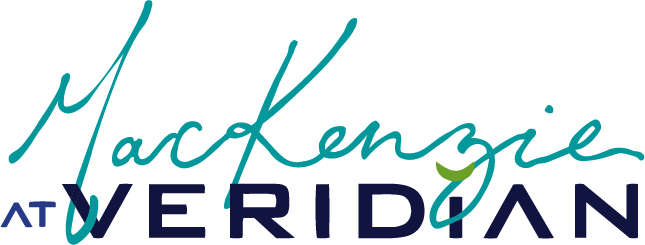Budget-Friendly Strategies for Exhibit Catalog Production
Exhibit catalogs are one of the most powerful tools a museum can create. They impress donors, extend the life of an exhibition, and preserve its legacy. But for many small or mid-sized museums, catalogs can feel out of reach because of the perceived cost.
The truth? A catalog doesn’t have to break the budget. With smart planning and strategic choices, you can create something that looks high-end while staying cost-conscious.
Where Catalog Costs Add Up
Before we talk savings, let’s be honest about where the big costs come in:
Photography and color correction. Every artwork has to be captured and perfected.
Printing. Paper, binding, finishes, and press schedules all affect cost.
Design and prepress. Catalogs are complex files that take time to prepare correctly.
Rush fees. The most preventable expense, but one that sneaks up if timelines are too tight.
Knowing where the money goes helps you see where to save without sacrificing quality.
Strategies to Keep Costs Under Control
Start early. More time means more options. You can shop around for paper, get on the printer’s schedule, and avoid rush fees.
Right-size the catalog. Not every exhibit needs a 300-page catalog. Sometimes a slimmer book that highlights the most important works and essays is even more powerful.
Choose smart paper and finishes. Beautiful doesn’t have to mean the most expensive. A single finishing detail like foil or embossing often has more impact than layering multiple costly effects.
Print strategically. Order what you need for donors and opening night, but don’t overprint. If demand exceeds expectations, you can always do a second run.
Work with experts. A design partner who knows prepress and production can catch costly mistakes before they happen and guide you toward the best-value options.
Case Study: Audubon’s Birds of Florida at MOAS
When the Museum of Arts and Sciences launched the Birds of Florida exhibit, the catalog had to feel prestigious while staying within a budget.
The design team made thoughtful production choices — balancing page count, selecting papers with impact but not excess, and focusing on details that elevated the book without inflating costs. The result was a catalog that donors loved and visitors wanted to take home.
It was so popular the museum had to order a second print run. That’s proof that smart investments don’t just save money — they can actually extend the catalog’s value and reach far beyond the exhibition.
👉 Want to see more? Read the full case study here.
Where to Splurge vs. Where to Save
Splurge on: professional photography, print quality, and one carefully chosen finishing detail.
Save on: page count, overly complex finishes, or unnecessary revisions by aligning early.
This balance creates a catalog that feels luxurious without breaking the budget.
The Role of a Design Partner
A catalog is one of the most technically complex pieces of print you’ll ever produce. Having a partner who knows the process means:
Preventing expensive mistakes with prepress and color accuracy.
Making strategic choices about paper, binding, and finishes.
Managing timelines to keep everything on schedule (and out of rush fee territory).
Final Thoughts
Exhibit catalogs don’t have to be reserved for big-budget museums. With the right planning and guidance, even smaller teams can produce a catalog that feels prestigious, delights donors, and preserves the exhibition’s legacy — all within budget.
✨ Ready to plan your next exhibit catalog? Download the free Exhibit Prep Kit to map your needs and timeline today.
Want to explore how branding can elevate your next exhibit?
Download the free Exhibit Prep Kit for a step-by-step roadmap for stress free donor-ready exhibits
✔ Clarify your exhibit’s purpose, audience, and emotional tone
✔ Align your internal team so decisions don’t get bottlenecked
✔ Map out the design pieces you’ll need (and when!)

